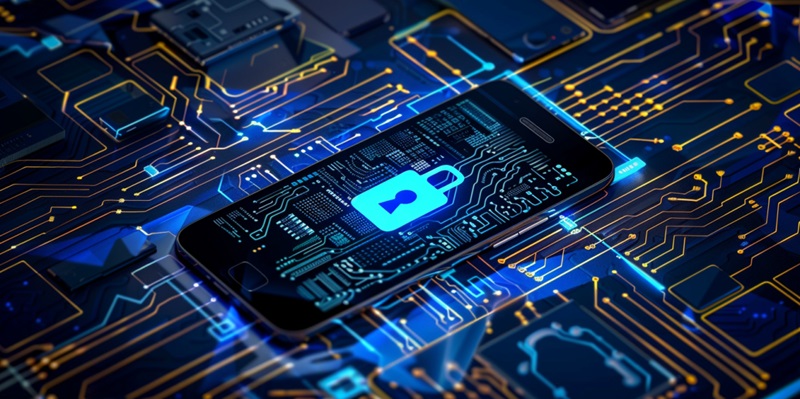Smartphones have entrenched themselves as the nexus of our personal and professional lives, thus making them a hotbed for potential cybercrime. With the amount of sensitive information they hold, from private communications to financial data, ensuring the security of these devices is paramount. Recognizing this critical need, the US National Security Agency (NSA) recently published a set of robust guidelines intended to bolster users against the ever-present threats lurking within the digital realm. These recommendations serve as a beacon for smartphone users to navigate the choppy waters of cybersecurity and protect their most personal of devices from the clutches of unauthorized access and identity theft.
NSA’s Proactive Security Measures
Warding Off Cyber Threats
The NSA’s guidance begins with basic, yet potent, defenses. Public WiFi networks, often lacking security measures, are easy targets for cybercriminals looking to intercept data. Similarly, Bluetooth, a convenient means for connecting devices, can also unwittingly serve as an entry point for unwanted connections when left enabled. The NSA advises vigilance, recommending that users avoid public networks and disable Bluetooth when not in use. Furthermore, securing devices with strong PINs or biometric locks, such as fingerprints or facial recognition, is emphasized as a key step in preventing unauthorized access.
Trust, But Verify Your Apps and Messages
An equally important front in the fight for cybersecurity involves the applications on your device. The NSA urges smartphone users to install apps exclusively from reputable sources like Apple’s App Store or Google Play. Keeping those apps regularly updated is also paramount to minimizing exposure to security flaws. Additionally, the NSA cautions against the dangers posed by unsolicited messages or suspicious pop-ups; these could serve as deceptive schemes by hackers to gain access to your device. Vigilance in digital interactions is key to maintaining the integrity of your smartphone’s security.
Best Practices and Privacy Concerns
Protecting Your Data and Your Device
The NSA doesn’t stop at digital measures; it also advocates for physical safeguards. It suggests using covers for smartphone cameras to thwart spyware, setting screen locks to prevent unauthorized usage when your phone is unattended, avoiding public charging stations, which could be hubs for data or malware transfer, and routinely rebooting your device once a week to disrupt potential ongoing cyber attacks. For those who worry their data might already be compromised, the NSA recommends checking resources like ‘Have I Been Pwned’ to determine whether personal information has been exposed in data breaches.
Balancing Convenience with Security
Smartphones are crucial in our daily lives, blending personal and professional matters, but this integration makes them prime targets for cybercrime. These pocket-sized devices store a plethora of confidential data, including personal messages and banking details, which underscores the necessity of safeguarding them. Acknowledging this urgency, the US National Security Agency (NSA) has crafted comprehensive guidelines aimed at strengthening smartphone users’ defenses against the myriad of cyber threats that abound online. The guidance issued by the NSA is a powerful tool to help smartphone owners steer clear of potential digital dangers. Adhering to these guidelines can significantly reduce the risk of falling prey to security breaches that lead to unauthorized access and identity theft, guaranteeing peace of mind in the knowledge that one’s digital life is better protected.

